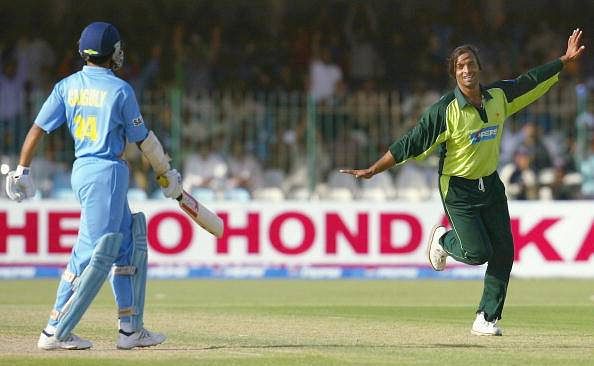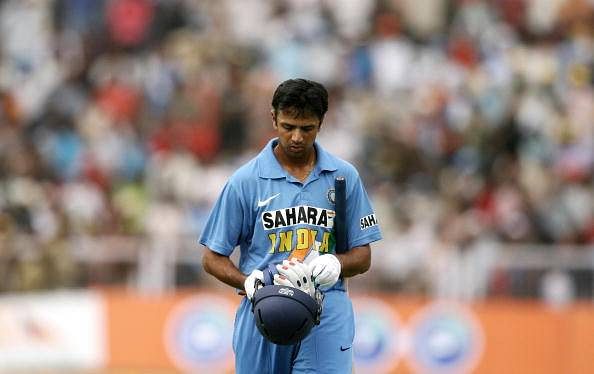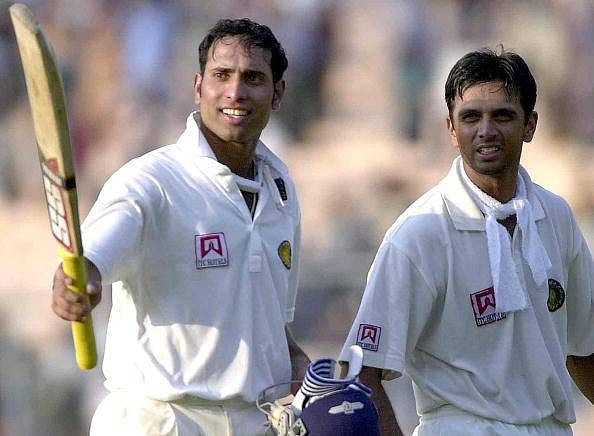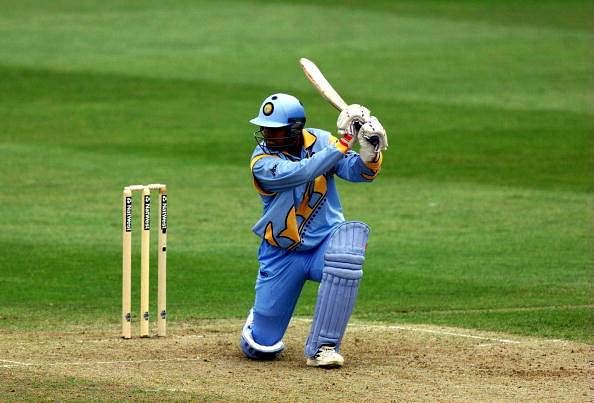
Timeless dignity: My Rahul Dravid timeline
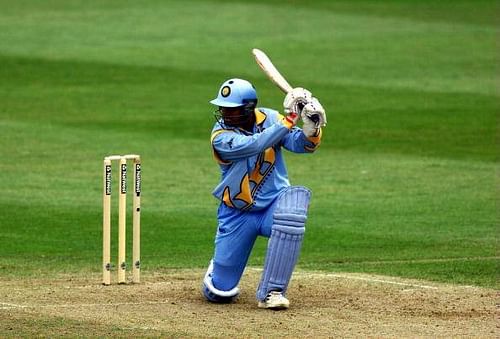
I faintly remember the day from 1999. Pakistan were playing India, and I was two months shy of turning seven. The colour television was a luxury during those days, and being a proud owner of one made me feel superior to my cousins next door who still had to do with a monochromatic one.
It was when Sourav Ganguly opened the innings with someone else- who was not Sachin Tendulkar- that I came to know that Sachin wasn’t playing. I had little knowledge about Sachin’s feats then, but he was just the hero that everyone else around me idolized. I was a seven-year-old who fell in line.
That disappointment turned into rage when Shoaib Akhtar slammed a fast bouncer into Ganguly’s chest, and I was almost into my childish tears as I saw my fellow Indian fall down to the ground, writhing in pain. A commotion followed as the Pakistanis surrounded my fallen hero and I immediately accused them of conspiring against India.
I was lost in my thoughts, thinking and fearing about what would happen if Ganguly doesn’t recover when the broadcaster rolled into a commercial break. As the disastrous scenes, ghastly enough to shake a child, made way to a Britania advertisement, I breathed a sigh of relief, thinking that at least for some time I would be away from the adversity that our neighbours had brought down upon us.
1999, Dravid- the dummy
It was then, in those moments of momentary relief, that I first saw ‘Jammy.’ That was the name I first knew him as when he posed with a packet of Britania biscuits in his hand. I didn’t really pay rapt attention, and let it pass, treating it as the gush of air that brings relief, and yet goes unnoticed on a hot sultry day.
To my surprise, the same person appeared on the screen next when the broadcast resumed. I was confused in the beginning thinking that the advertisement was still on, but the India jersey hugging his slim body brought me to reality, as I read the name Rahul Dravid flash on my television screen.
I recalled then that I had known this guy, but I also recalled that I had known him for scoring runs in the slowest possible manner- and nothing else. The Ganguly debacle was hardly over, and I had to deal with his tortoise of a cricketer- a fact that made me sadder.
His stats had hardly been comprehended by my mind when I heard a loud appeal. It was the third ball that Dravid had faced, and he was out. My heart sank even further as if my team was aboard a ship stuck in a vicious storm, and their survival defined ours.
At 7, in 1999, the Rahul Dravid walking back to the pavilion was the most morose cricketer I had ever seen, who definitely didn’t deserve to be playing for India. On that morning of 1999, Dravid was a dummy I despised so desperately.
2001, Dravid- the second-fiddle
Cricket and that memory soon faded away as I spent the latter part of my childhood in the pretext of learning grammar, mathematics and science. I was 9 years old in 2001, and my cricket expertise had taken giant strides as I knew now that a Test match has two innings per side.
Hence, when VVS Laxman hit 281, I was wonderstruck. I had known that double-hundreds were scored in Test cricket, but the mere mention of a score close to an average ODI score lifted the right-handed Hyderabadi batsman in the eyes of a yet-to-be teenager.
Another man had accompanied Laxman during his innings. The name flashed before my eyes but was soon forgotten under the sheer magnanimity of the event. Dravid’s innings in Kolkata was like a parent watching his child grow- quiet, pensive, supporting, and holding one end firmly- who is soon forgotten after the child attains stardom.
Laxman was the star at the Eden, a star India stood up and noticed, a poster boy for every series against Australia thenceforth. But the other 180 runs of the 376-run partnership were absolute stardust.
Except that the 9-year-old didn’t notice it, except for this photograph underneath, one that I could comprehend completely only a decade later.
